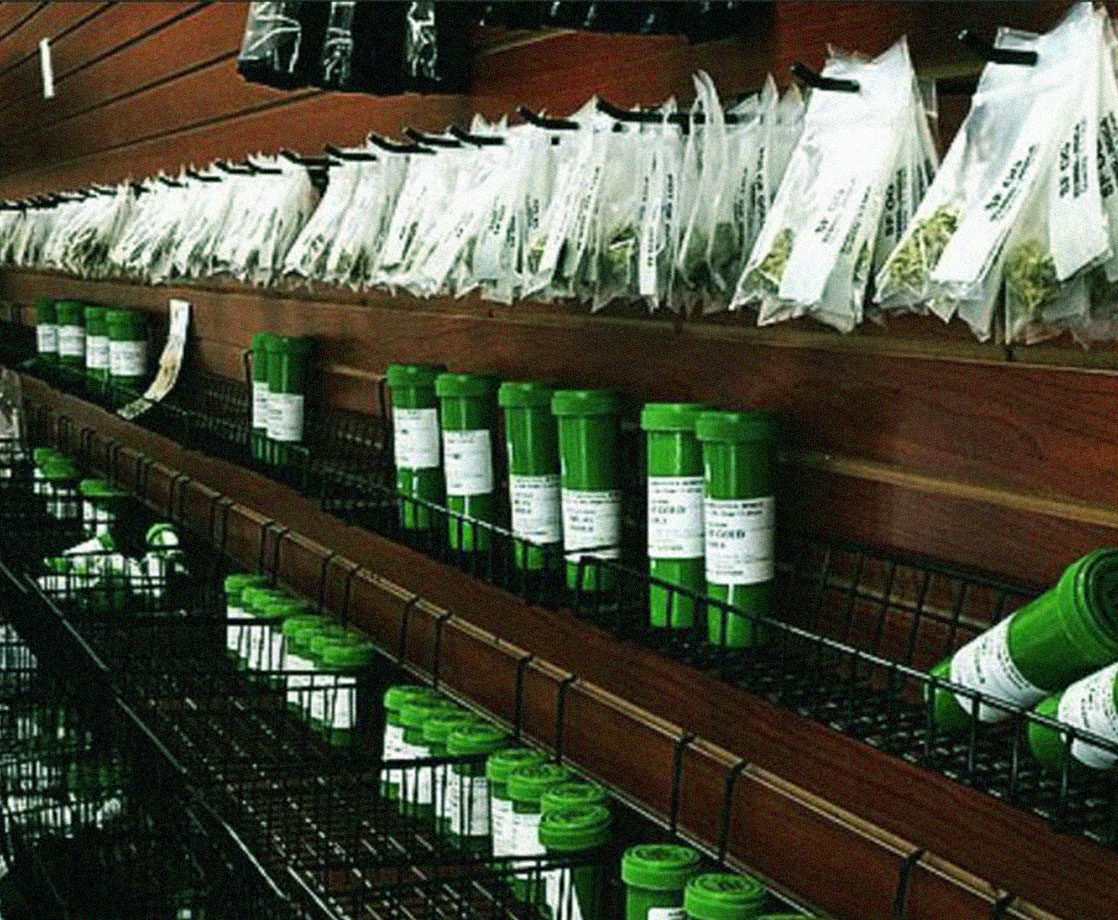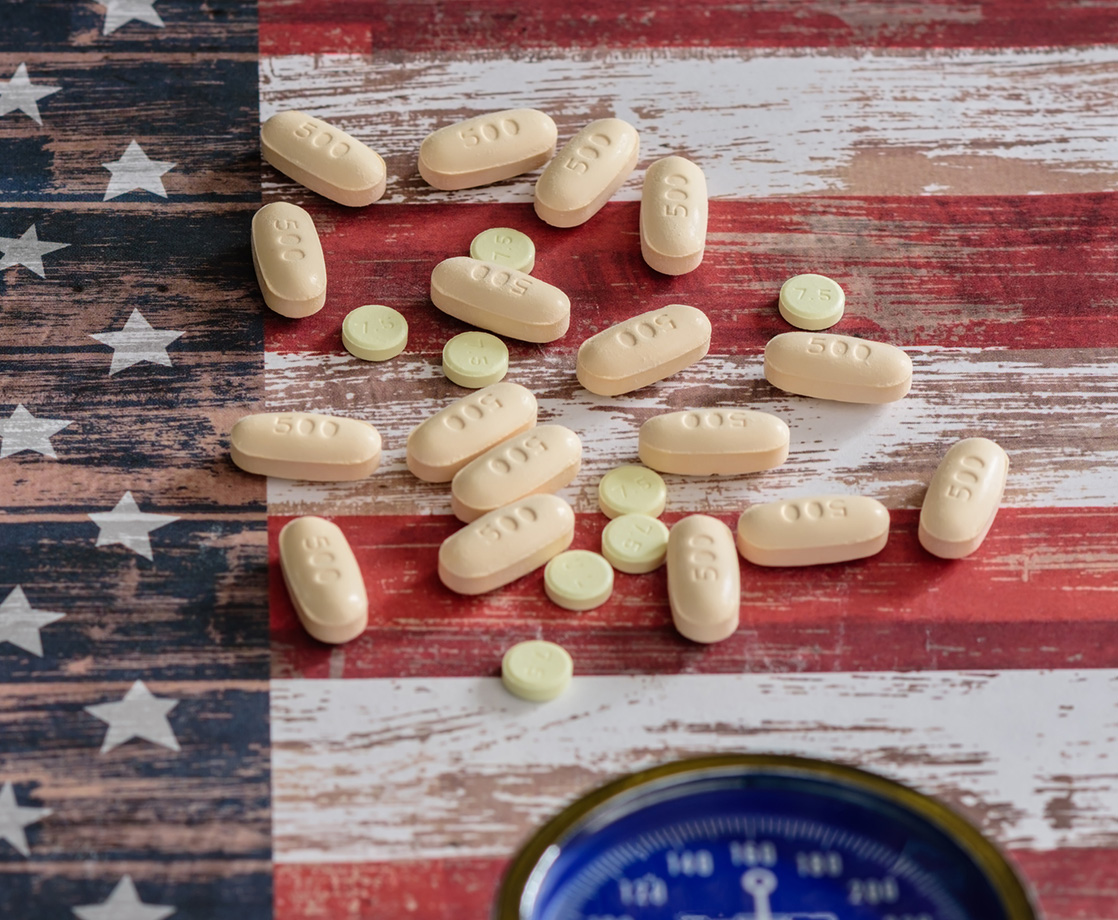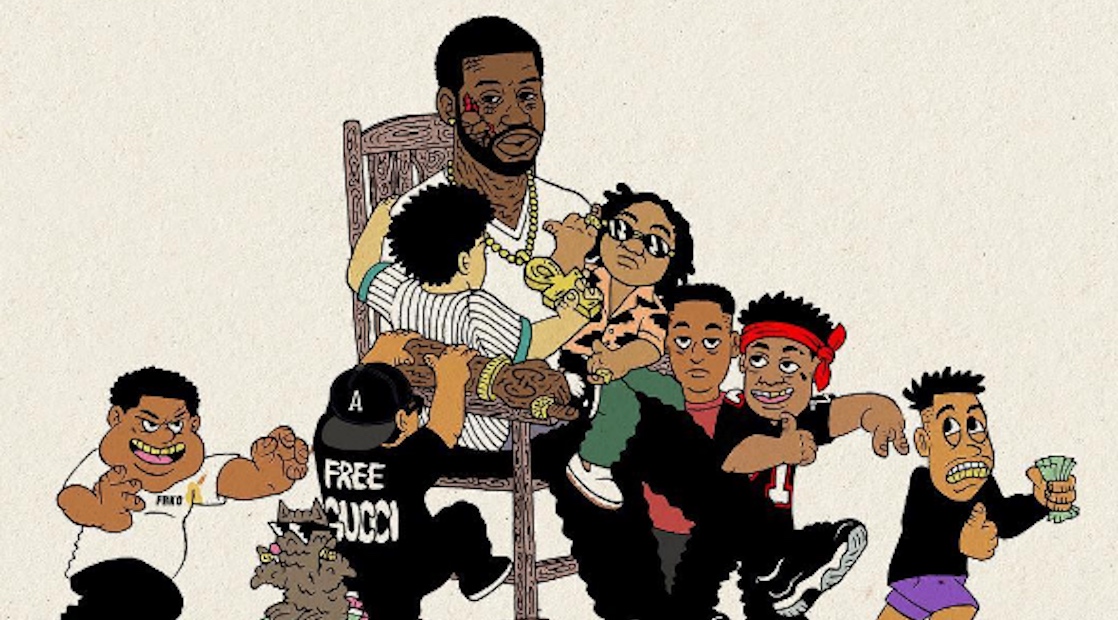The cannabis industry has a major plastic problem.
According to the non-profit Plastic Oceans International, the world produces 300 million tons of plastic every year. Half of that — 150 million tons — is for single-use purposes. While these issues clearly extend far beyond the reaches of the cannabis industry, state packaging regulations have forced many business owners to seek out the cheapest options in order to keep the lights on.
Take, for instance, a standard disposable vaporizer pen. Beyond the materials of the pen itself, California state law requires that the product arrive to the dispensary in child-proof packaging. At that point, it is then purchased, where it is placed into another child-proof bag. That’s a whole lot of plastic for 200 puffs. According to the firm BDS Analytics, sales in California for disposable vape pens nearly doubled from $3.4 million to $6.42 million between January and March of 2018.
That’s a huge amount of plastic being discarded every day in the weed world — and it’s only getting worse.
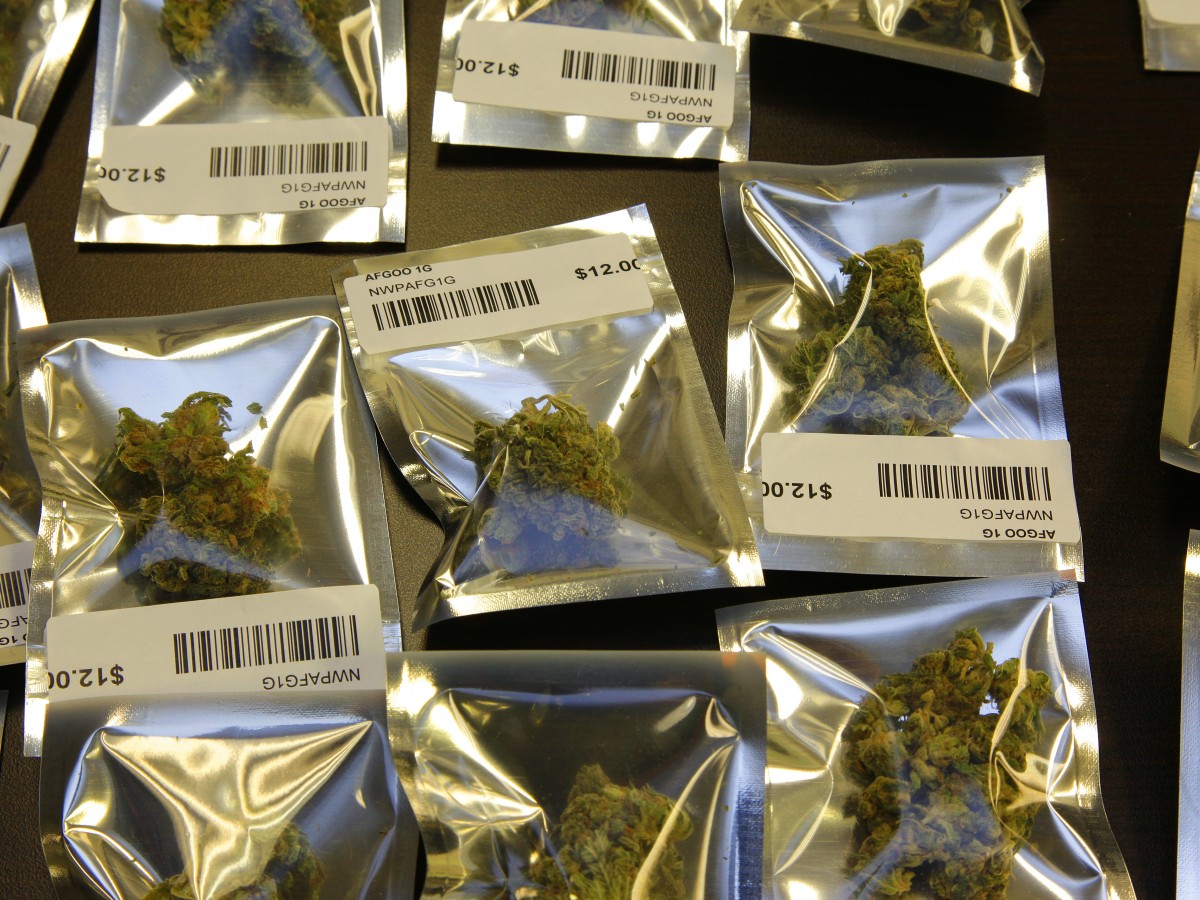
“It’s disturbing,” says Steve D’Angelo, founder of the famed dispensary Harborside and a major figure in the industry. “It’s repugnant to the values that cannabis teaches us.”
The crux of the issue lies with the law.
California’s regulations regarding packaging stipulate that “all cannabis and cannabis products be sold in child-resistant packaging.” That means plastic tubes for pre-rolls and additional protective packaging for items like edibles, vape cartridges, and flower.
Anyone who has visited a dispensary in a legal market has likely engaged in the depressing process of digging their way through multiple levels of petroleum-based, non-recyclable plastic to get to the cannabis product within. These rules requiring child-resistant packaging are not endemic to the country’s largest cannabis market, either — nearly every state with a regulated marijuana industry has adopted similar laws. The result is lots and lots of single-use plastic being thrown away every time a customer arrives home from a dispensary.
For D’Angelo, the current situation is the antithesis of what cannabis is supposed to be about.
“One of the things that cannabis teaches us is to respect Mother Nature and to treasure her gifts,” he noted in a phone interview with MERRY JANE. “These regulations don’t do that. Frankly, it’s disgusting to see the amount of waste that goes on. I get disgusted every time I buy a cannabis product and, in order to get to the cannabis, I have to work my way through three or four levels of completely unnecessary packaging.”
While the sustainable options available to cannabis manufacturers — who represent the stage in the process where packaging first comes into play —may be limited, there are a few companies that have made it their mission to offer environmentally-friendly alternatives to the glut of plastic pre-roll tubes and flower jars that are pervasive throughout the market. But these companies are few and far between. At present, while there are resources to make cannabis companies more sustainable, it’s ultimately the lack of incentive to utilize them that prevents any change. So then, how can we motivate the legal industry to embrace eco-friendly practices?
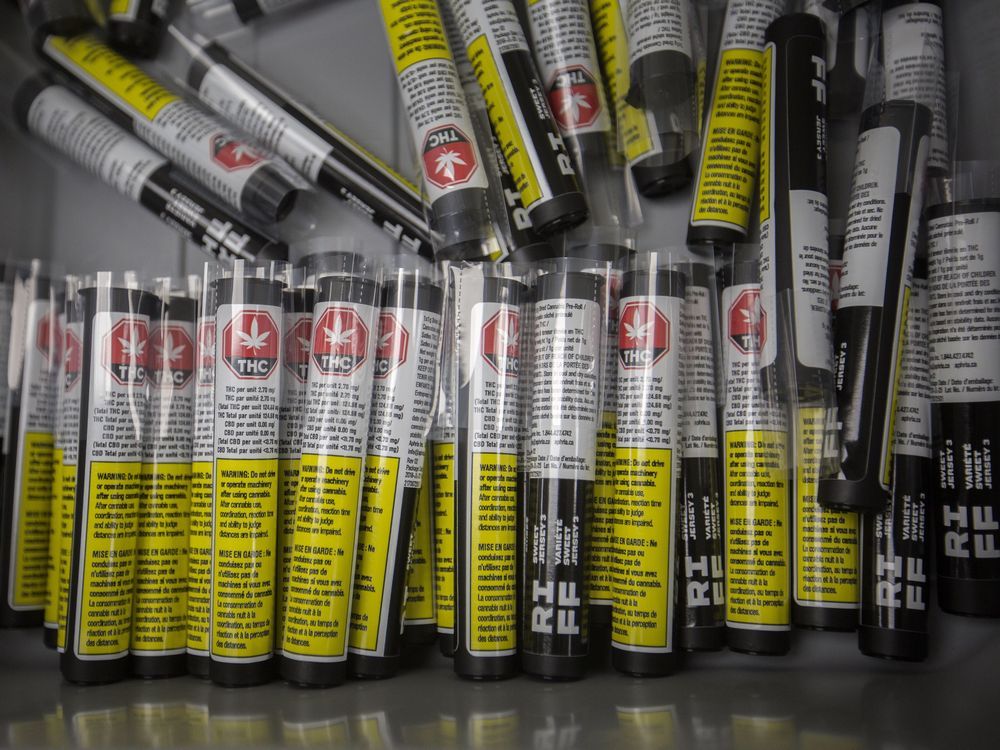
As writer Whitney Mallett noted in a 2017 feature for MERRY JANE, there are many packaging companies that define their products as sustainable without actually making good on the promise. One especially egregious example is ABC Packaging Direct, which bafflingly suggests that its line of disposable plastic bags offer “a positive impact on the environment.” Mallett also points out that terms like “green” and “eco” are often employed as eye-catching buzz words — a tactic commonly known as “greenwashing.”
Fortunately, not every company has let its moral compass go up in smoke.
Take Denver’s Sana Packaging, for example. The business was created after Ron Basak-Smith and James Eichne, two University of Colorado Boulder graduate students, realized that few (if any) packaging companies targeting the cannabis industry had embraced sustainability as their guiding principle. Launched in 2016, Sana Packaging makes its packaging from biodegradable materials like hemp biocomposite and recycled ocean plastics.
“Our basic thing is that we no longer want to create single-use petroleum plastic packaging for the cannabis industry,” said Basak-Smith, Sana’s co-founder. “When we looked at the regulations in place, we saw that it was very difficult for anything to be made out of sustainable materials with the child-resistance [packaging requirements]. That really took out all of the current options.”
In order to offer a sustainable alternative, Basak-Smith and Eichner had to develop their own material sources. While Basak-Smith is fiercely proud of the work he and his partner have done, he conceded that in order for Sana Packaging to stay afloat, their prices are two to three times what other, non-environmentally focused packaging companies charge.
“That’s really what we’re trying to work through right now,” Basak-Smith said. “What is the willingness to pay for sustainable materials? I think we’ve got into a situation where [people] value the price — whatever that means — over the environment.”
With sustainable packaging coming in at a substantially higher price point, Basak-Smith acknowledged that many cannabis manufacturers simply employ a cost-benefit analysis and decide that saving money is their top priority.
“Companies have to make a profit,” he said. “We’re trying to get people to pay more for packaging, which is obviously not the easiest sell. At the same time, the industry does want to do what’s right with packaging. People don’t want to be wasteful.”
.jpg)
One such person is Kial Long, Vice President of Marketing for CannaCraft in Northern California.
CannaCraft is one of the more popular cannabis manufacturers in the state, having partnered with absoluteXtracts, Care By Design, and Satori. The company is eager to embrace sustainability when it comes to packaging. The issue, according to Long, partially stems from concerns that cannabis regulations may change yet again — a worry that leaves her uneasy about ordering packaging in the quantities required for the choice to make fiscal sense.
“Last year, we didn’t really have any insight into what [California’s] permanent regulations would be in six months,” Long explained by phone. “To make the investment at that point, we would’ve needed to buy packaging in really small increments, which would not have been a good business decision. We are a little bit more comfortable buying our packaging in bulk these days, but there’s still some hesitation about how things might pan out.”
Long estimates that child-resistant packaging adds about 10 percent to CannaCraft’s total packaging expenses each month, equating to roughly $20,000. California law currently offers no incentives or subsidies to companies for embracing sustainable packaging. In a statement provided to MERRY JANE, a representative for the California Department of Public Health confirmed the state’s current regulations do not explicitly address this subject:
“The Medicinal and Adult-Use Cannabis Regulation and Safety Act (MAUCRSA) mandates that all cannabis and cannabis products be sold in child-resistant packaging,” a California Department of Health official stated by email. “Many packaging options exist that are compliant with this standard, including environmentally-friendly ones.”
Despite being one of the most progressive states when it comes to combating climate change, California apparently isn’t concerned with translating its green-friendly attitude to its cannabis industry. At least not yet.
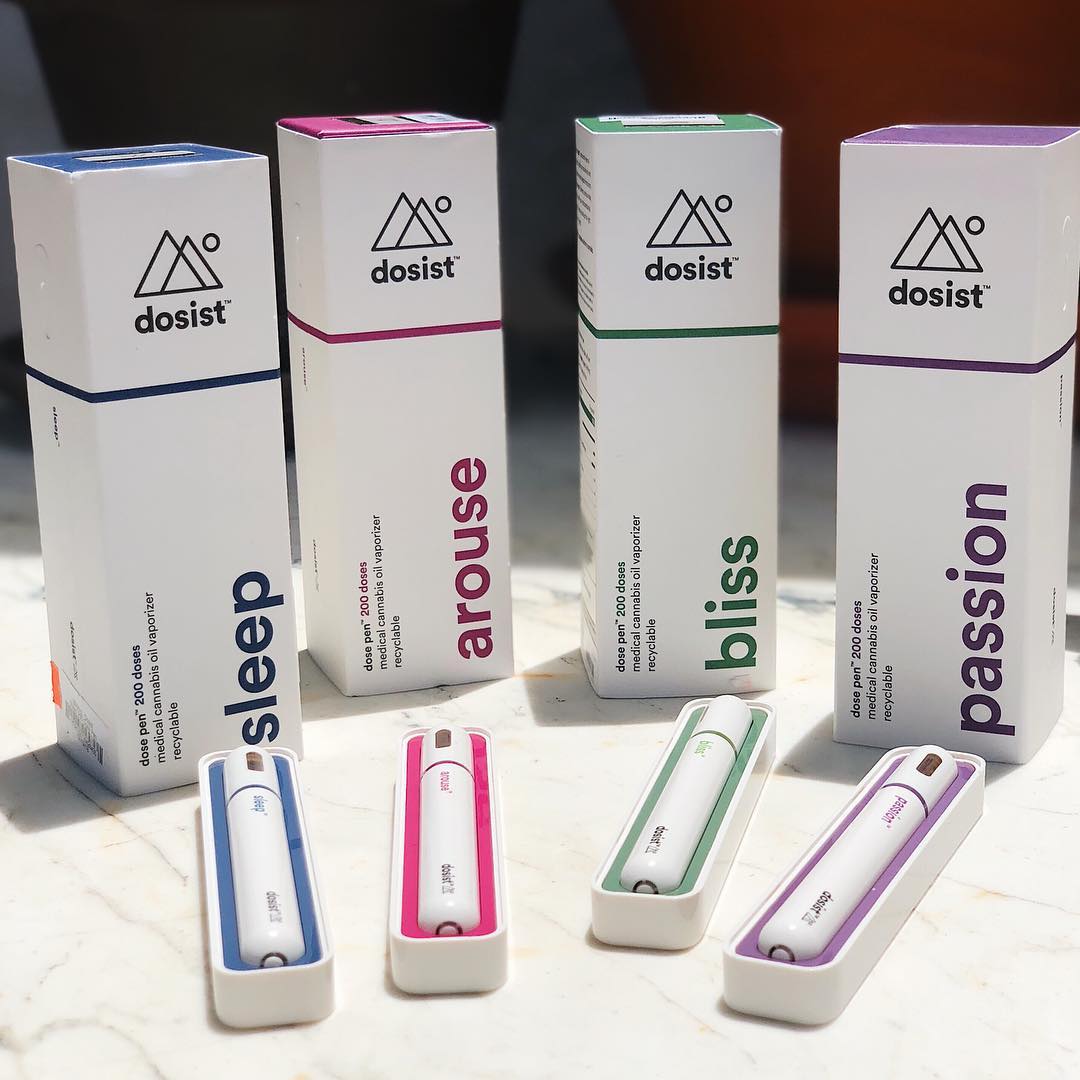
One company that has reportedly taken initiative to become more sustainable is Dosist, makers of disposable vaporizer pens tailored to trigger specific effects. Dosist’s recycling program involves collection bins at various dispensaries where their products are sold. Customers who return a used pen receive a $5 discount on their next Dosist purchase. Working in partnership with the waste hauler company GAIACA, recycled pens are then sorted at a facility in Del Rey Oaks, CA. While Dosist was unable to provide any data on the number of pens recycled to date, the program serves as evidence that such efforts are possible if the necessary interest and resources are available.
For Nick Kovacevich — CEO of KushCo Holdings, one of the industry’s premier vendors for cannabis packaging — biding his time in hopes that the industry eventually mandates sustainable practices simply wasn’t an option.
“While a state government subsidy would be incredible and the industry would embrace that,” Kovacevich explained, “we think if history is any bearer of the future, we cannot rely on the state for guidance. We need to take the proactive step, and that is what we feel we are doing.”
To that end, KushCo Holdings has joined with the Sustainable Packaging Coalition, a “membership-based collaborative that believes in the power of industry to make packaging more sustainable,” whose members include corporate heavyweights like Verizon Wireless, McDonald’s, and Procter & Gamble. Despite Kovacevich’s enthusiasm for adopting the eco-friendly practices encouraged by the SPC — the organization’s stated goal is to ensure all packaging across industries is sourced responsibly, optimized for efficiency, effectively recovered, non-toxic, and low impact — he suggested that a big picture outlook, one that prioritizes sustainability for the cannabis industry, is also warranted.
“If we step back, we see the quantity of plastics our industry produces and wastes,” he said. “We also think it’s important to keep context, meaning, Amazon, Walmart and other major global realtors send thousands of boxes every day. Pinpointing the cannabis industry, as some outlets have, is a small waste target when compared to the larger retailers. Sustainability is a priority for us because it’s the right thing to do. We see our ourselves as industry change agents, and we want others to follow our lead in this effort.”
While CannaCraft’s Long said she’d be in favor of the state taking a more active interest in encouraging environmental practices, she’s also not planning to wait around.
Instead, CannaCraft developed a native 510 thread cartridge — the units that are filled with cannabis oil for vape pens — which were recently certified as child-resident under the requirements of the Poison Prevention Packaging Act.
“Prior to getting certified,” Long said, “we were adding over 100,000 plastic tubes into the market each month to make sure our vape cartridges were child-resistant. Now, with this new manufacturing process — and with the way that we’re able to seal the cartridges — we have received certification which means they are child-resistant on their own now.”
In essence, CannaCraft has removed one level of plastic from the equation by making the cartridges themselves child-resistant and thus eliminating the need to encase them in an additional layer of child-resistant packaging.
Unfortunately, many companies are unable to invest the resources necessary to develop similar, sustainable packaging. Instead, they’re hoping that the industry will pool its resources and share its innovations to ensure environmentally-sound packaging is available to all. Long said that CannaCraft is all in favor of this approach.
“I think this is bigger than our margins,” she explained. “I think the fight against the overuse of plastic is something that our company holds in higher regard than the small savings on our packaging. We’d be very interested in helping other companies get there.”
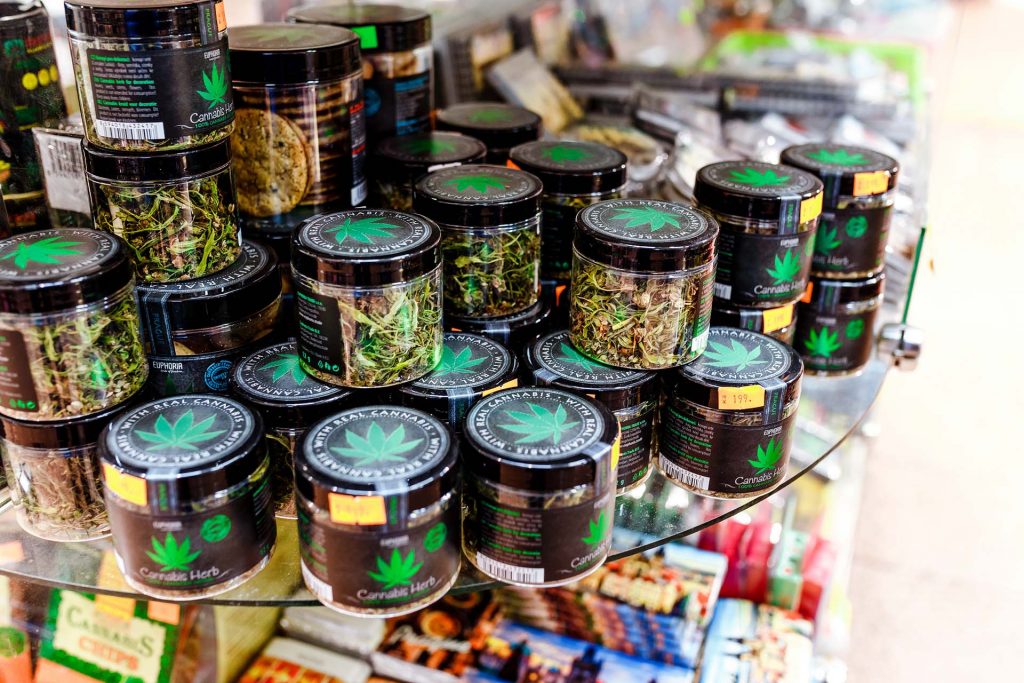
For Steve D’Angelo of Harborside, the concept of the government subsidizing sustainable packaging appeals to his nature as an environmentalist. But it doesn’t address what he believes is the root of the problem.
“I think it would be counterproductive unless the state coupled it with rather dramatic tax decreases and made the packaging regulations more reasonable,” he said. “With the imposition of taxes and the added cost of compliance — and given how easy it is to obtain cannabis in California in an unregulated way — something like 50 percent of the people in the regulated market outflow to the unregulated market. Doing anything that increases the price of cannabis in regulated dispensaries right now will threaten the very existence of a legal market.”
In other words, if companies that use eco-friendly packaging are not incentivized, they won’t embrace sustainability at a time when the black market is cutting into their profit margins at all ends.
D’Angelo also questions the logic of child-resistant packaging in the first place. He notes that other products — ones that, unlike cannabis, have a proven track record of doing serious harm — are not subject to the same level of regulation.
“I see aspirin and other over-the-counter drugs being sold in containers that are not childproof. I see tobacco being sold in containers that are not childproof. I see alcohol being sold in containers that are not childproof. Then I see cannabis — which is safer than any of those substances — being wrapped in these completely superfluous and unnecessary layers of packaging. It’s appalling.”
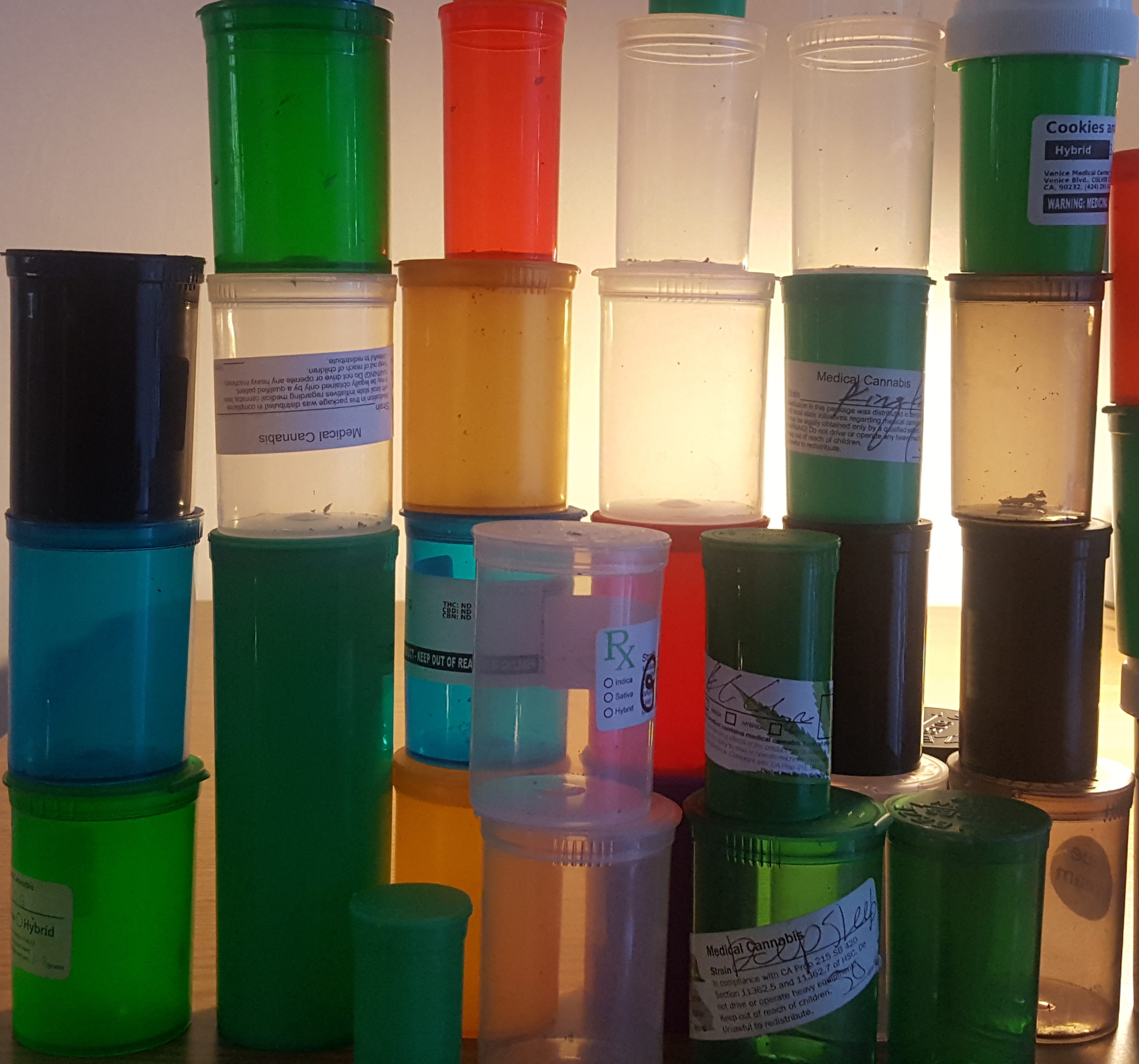
With more alarming news about the current climate crisis arriving each day, the cannabis industry is uniquely situated to lead the charge on a pivot away from petroleum-based products. And, rather ironically, it was the petroleum and plastics industries that helped make cannabis illegal in the first place. So it would only be fitting if the newly-legal cannabis industry were to push back against the corporations that are creating waste and packing landfills to the brim by making it standard to abandon plastic packaging.
How can cannabis blaze an eco-friendly path? That may mean revisiting current packaging requirements and questioning the validity of their stringency. It may also mean developing a less punitive tax structure that allows smaller businesses to use their subsequent savings or profit from increased sales on sustainable packaging. It’s possible that companies will need to consider making their proprietary environmentally-beneficial packaging designs open source for all to use, too. There will almost certainly need to be a lot more companies like Sana Packaging if the entire industry is to ultimately embrace a sustainable approach. Most likely, a combination of all of the above will be required.
Weaning an industry off non-recyclable single-use plastic is no easy task. It will take participation from every facet of the industry in order to succeed. But if the fight for access to regulated cannabis has proven anything thus far, it’s that precedent is no match for perseverance.
Follow Zack Ruskin on Twitter


